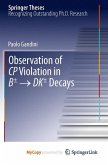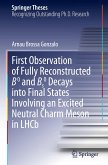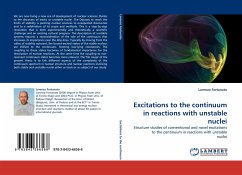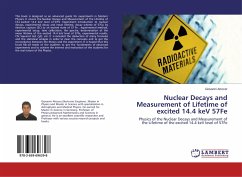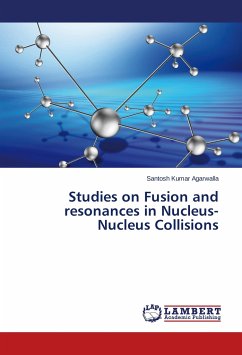The Tevatron and Large Hadron Collider (LHC) experiments, unlike the B-Factories, have the unique opportunity to study the production and the decays of b-hadrons with c and s quarks, and among them especially the b-baryons which are the less known to date. The Collider Detector at Fermilab (CDF) experiment pioneered this eld of research. Moreover, it currently has the world's largest data sample of bottom baryons and this is mainly due to the combination of the large accumulated integrated luminosity delivered and the use of the displaced track trigger, a sophisticated piece of hardware, which is capable to select online events with secondary vertices, a typical feature of heavy hadrons decays, thus rejecting most part of the background from light quarks.




